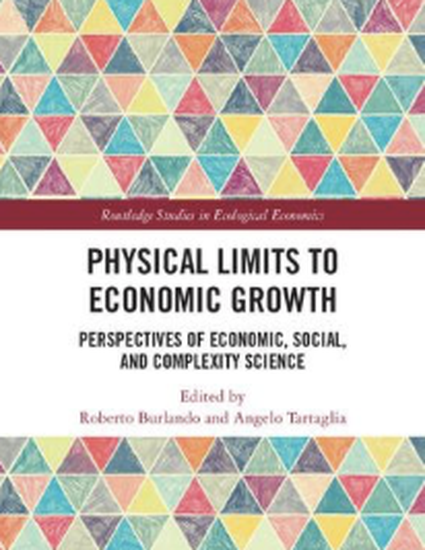
Contribution to Book
Depletion vs. Innovation : the Fundamental Question of Sustainability
Physical Limits to Economic Growth : Perspectives of Economic, Social, and Complexity Science
(2017)
Abstract
This chapter assesses the narrative of technological optimism and explains that high-frequency innovation is not an innate characteristic of human societies. Innovation produces new resources or technologies, more efficient ways of using existing resources, or better ways of extracting lower quality deposits. To technological optimists, fluctuations in price should always revolve around a fairly constant mean (or even fall), reflecting the likelihood that innovation has offset depletion, and markets have cleared. Using data from the industrial commodity-price index of The Economist for the period from 1862 to 1999, P. Cashin and C. J. McDermott found that for the period from 1862 to 1999, real commodity prices declined about 1 percent per year. Some studies concur that prices generally decline, while others conclude that prices have shown slight increases or mixed results. Two key assumptions underlying technological optimism are that the contemporary system of innovation is intrinsic to humanity, and that this will ensure innovation in the future.
Disciplines
Publication Date
2017
Editor
Roberto Burlando & Angelo Tartaglia
Publisher
Taylor & Francis
DOI
https://www.taylorfrancis.com/books/e/9781315314969/chapters/10.4324/9781315314969-5
Citation Information
Joseph Tainter. "Depletion vs. Innovation : the Fundamental Question of Sustainability" Physical Limits to Economic Growth : Perspectives of Economic, Social, and Complexity Science (2017) Available at: http://works.bepress.com/joseph_tainter/325/
